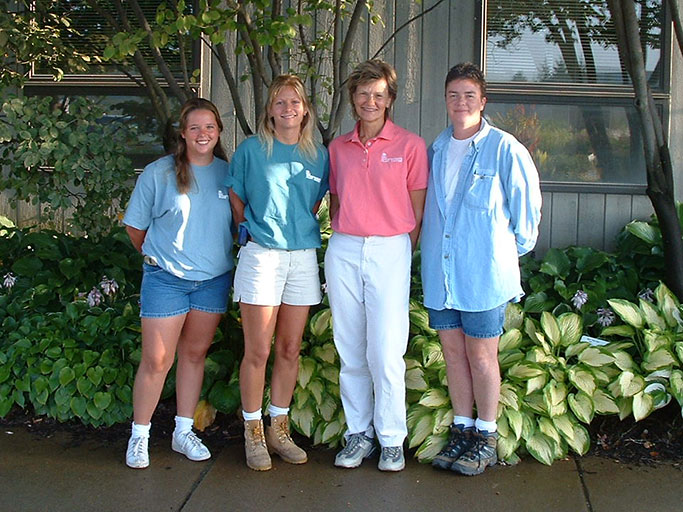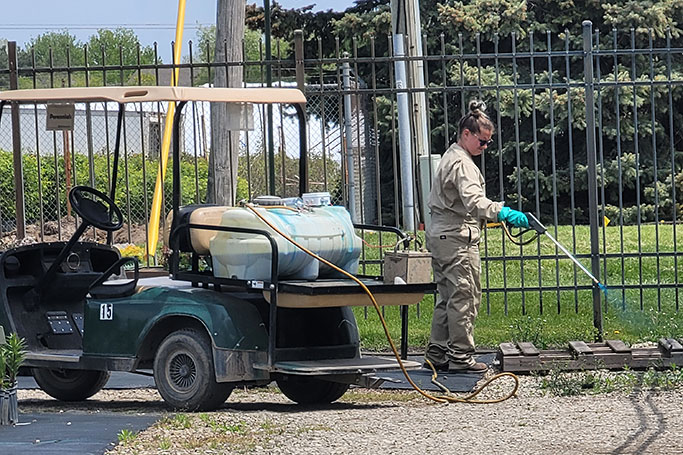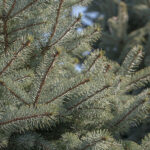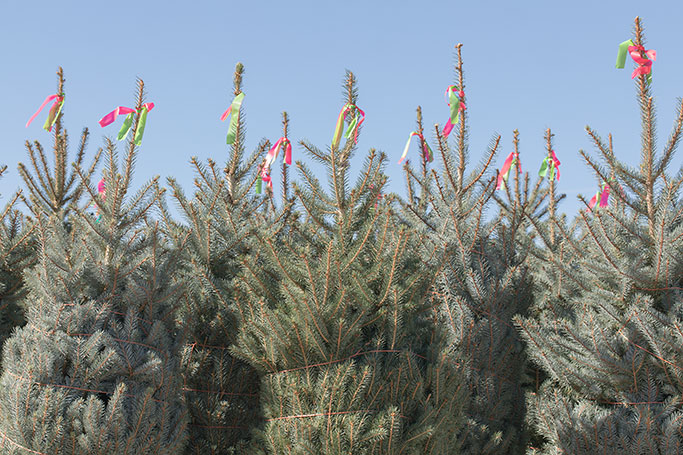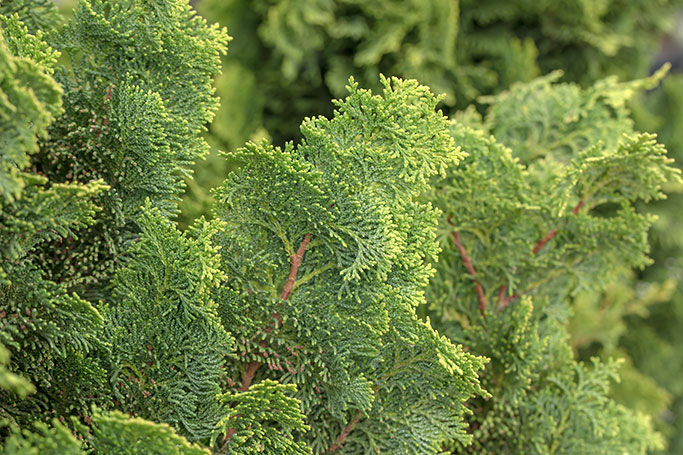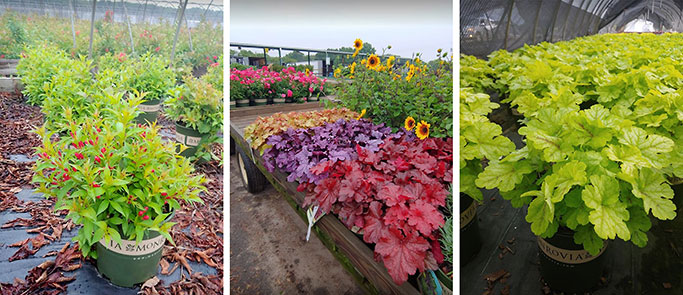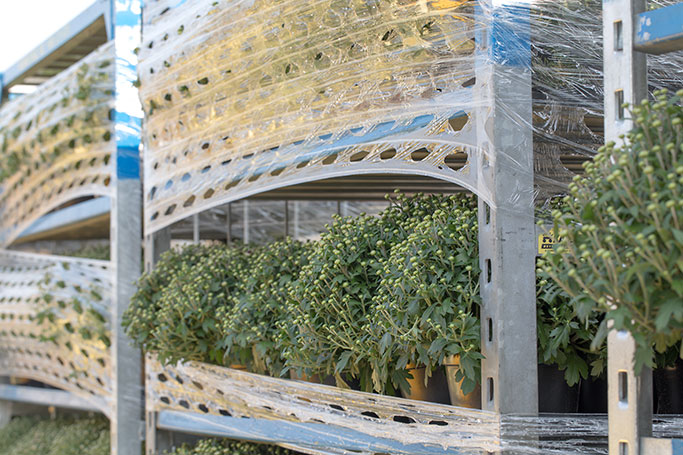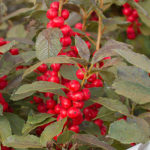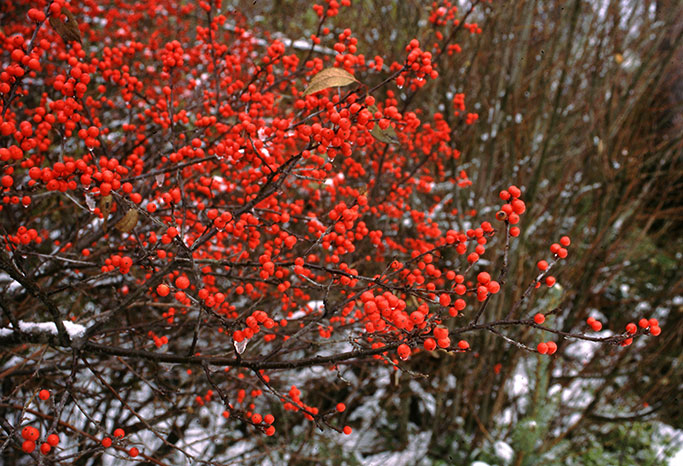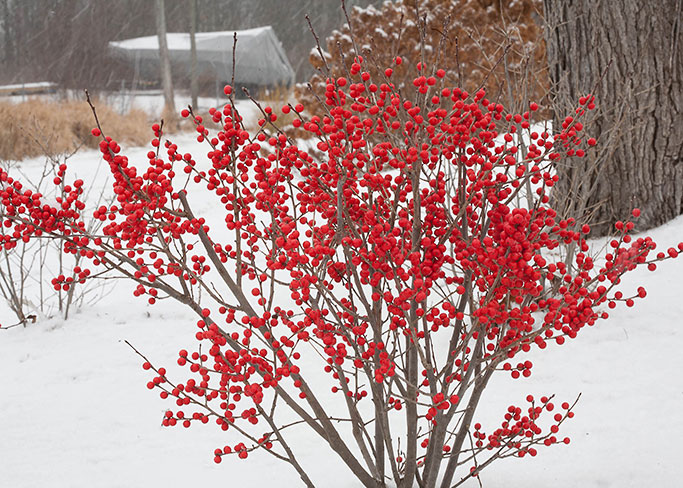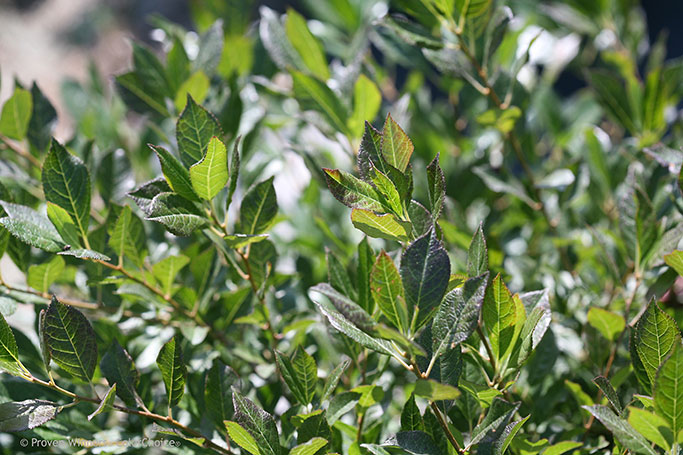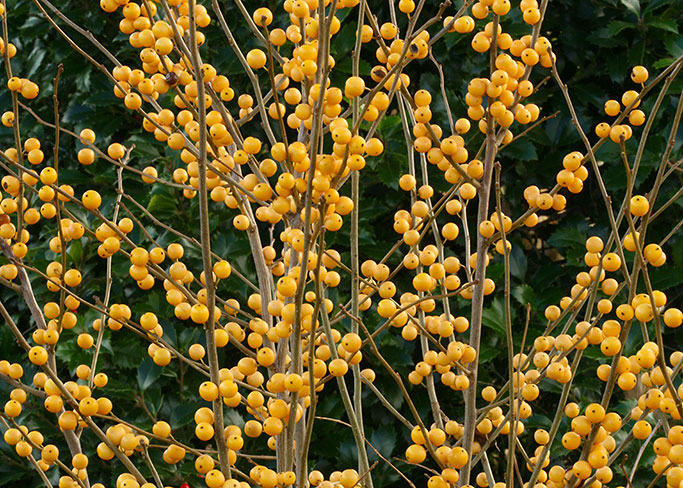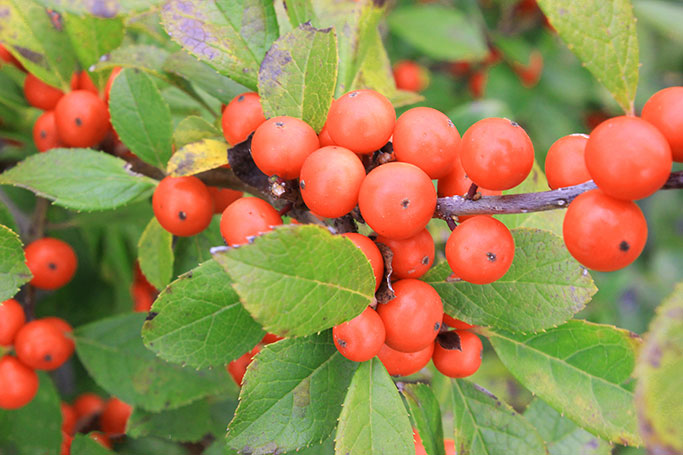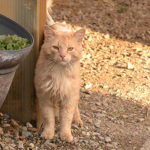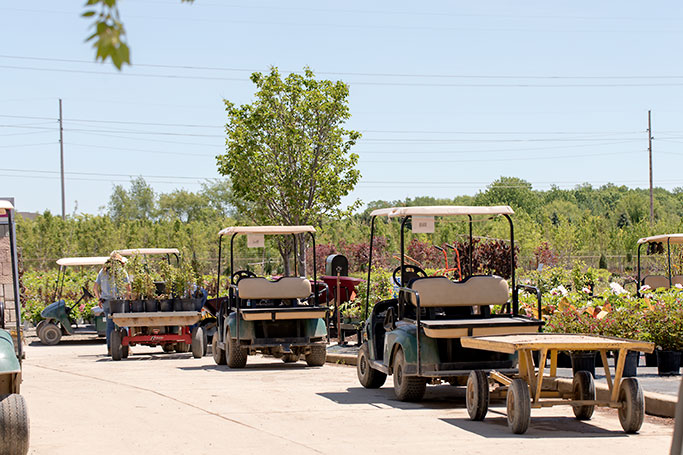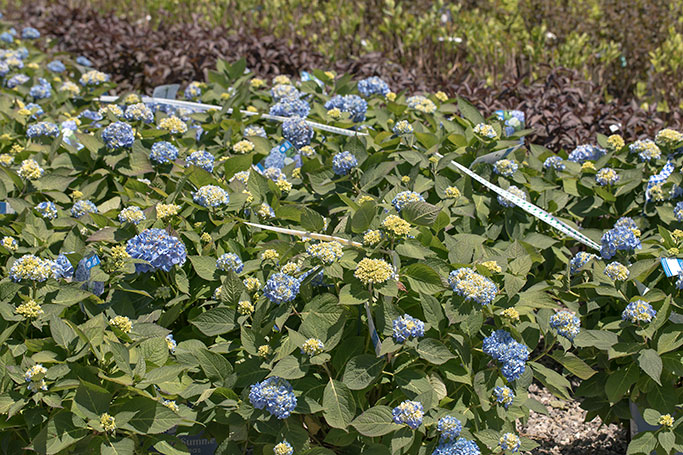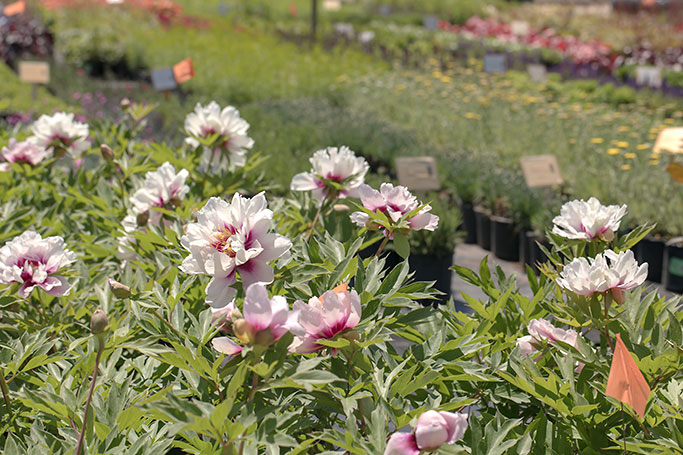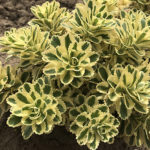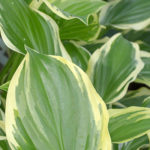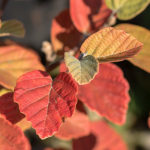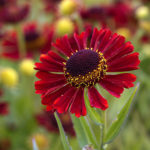I don’t do trees. Personally, I find them scary. Not just because they can fall on your house, in your pool or knock out your power. They are a force to be reckoned with! One time a tree came down on a house in my neighborhood and I was relieved when it didn’t totally crush the house.
Trees with weak limbs are definitely on the scary list. Pear. Silver maple! And of course, the tree that takes the scariest contest win every time. Weeping willow. Seriously, every scary movie has a weeping willow in it somewhere and as soon as you see it the creepy music starts playing. Oh, but wait. Google "weeping willow" and you get pics like this one from a horror novelist site.
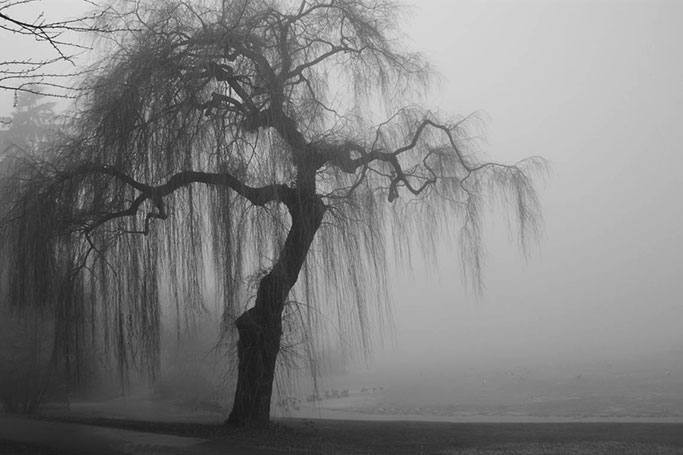
You heard the music didn’t you?
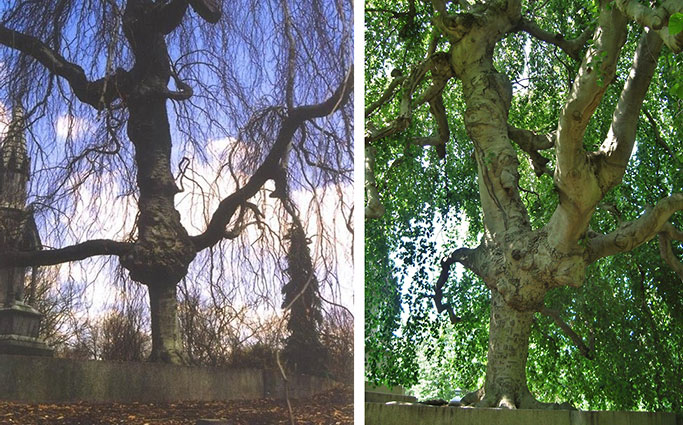
Msact at English Wikipedia, CC BY-SA 3.0, via Wikimedia Commons
Maybe the weeping willow isn’t THAT scary, but how about this horrifically misshapen weeping beech at the Mt. Auburn Cemetery in Massachusetts? Honestly it looks like it wants to grab you by your hair. Massachusetts has plenty of spooky - ever hear of the Bridgewater Triangle?
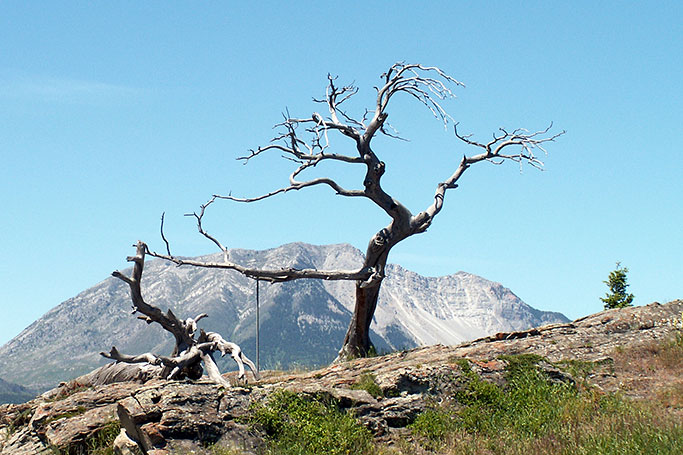
Monsieur david, CC BY-SA 3.0, via Wikimedia Commons
Or check out the Burmis Tree in Alberta, Canada. It died in 1970 after living probably 700 years. Amazing and weird – yep, but the story goes on, this ancient limber pine stayed standing for another 28 years until it was knocked over by a wind storm. Now for something straight out of Steven King: the locals propped it back up and – like a zombie – it still stands on it’s cliff top for all to see.
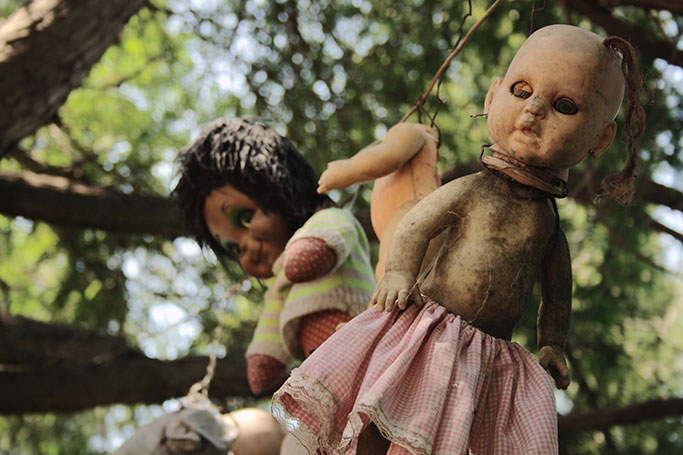
Esparta Palma, CC BY 2.0, via Wikimedia Commons
Examples of scary trees like these exist all over. Scary trees don’t bother you? How about haunted trees? Let’s start with The Island of Dolls in Xochimilco, Mexico, haunted by hundreds of creepy whispering dolls hanging from the trees. Or the Hoia-Baciu Woods in Romania. Did I say Romania? I meant TRANSYLVANIA. This forest has a haunted circle where no trees will grow. And then there is the Freetown-Fall River State Forest ALSO in Massachusetts, aka the Cursed Forest, site of murders, supernatural events, and Sasquatch sightings. Something for everyone, really.
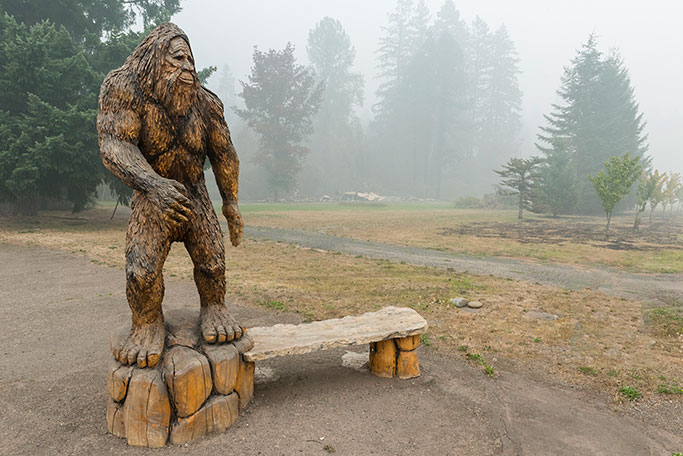
Oregon Department of Transportation, CC BY 2.0, via Wikimedia Commons
None of the examples above have given you the chills? People can find faces in grilled cheese, why not in trees? And feeling creeped out and scared can be easily caused by too much Halloween partying. Let’s return to the easier facts then.
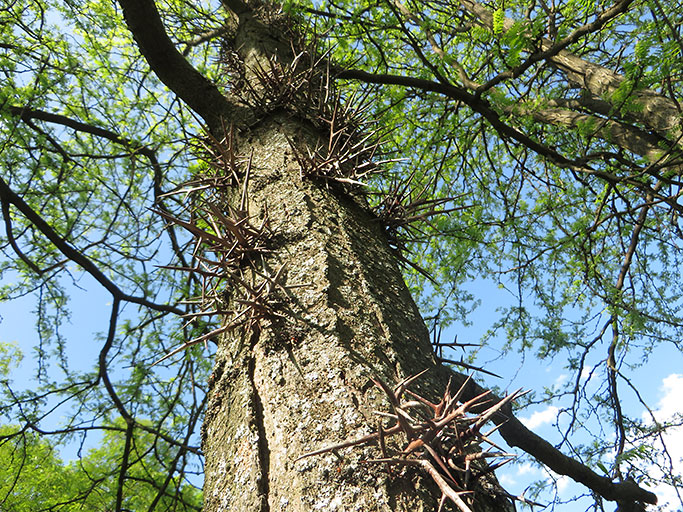
AfroBrazilian, CC BY-SA 4.0, via Wikimedia Commons
You just can’t make this up. Barbed wire? No… thorns on a tree!!! Scientific fact – this is your old friend the Honeylocust sporting these daggerlike thorns. Thank a nurseryman for breeding the thorns out of them for us. This photo makes me think of some evil creature in a horror movie dragging a club with thorns – I can’t remember the movie but some horror slasher from the ‘80s.
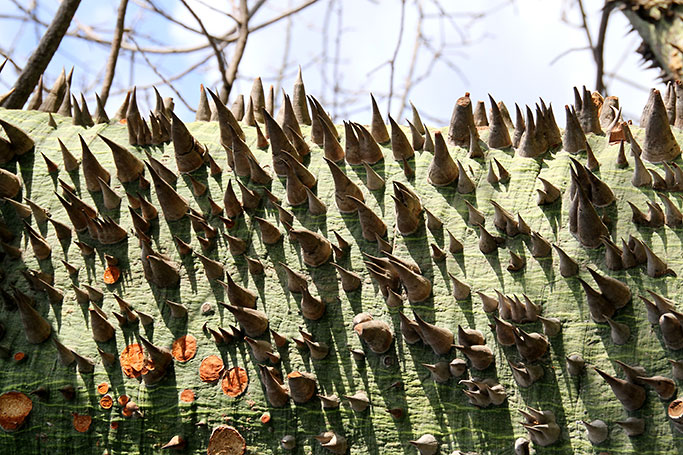
Gerd Eichmann, CC BY-SA 4.0, via Wikimedia Commons
But it could be worse – check out the spikes on the trunk of this charming specimen. Introducing the White Floss Silk Tree, Ceiba insignis. I am happy to report that it is NOT HARDY HERE.
(We are going to pass on cactus with their evil kitten claws, for now)
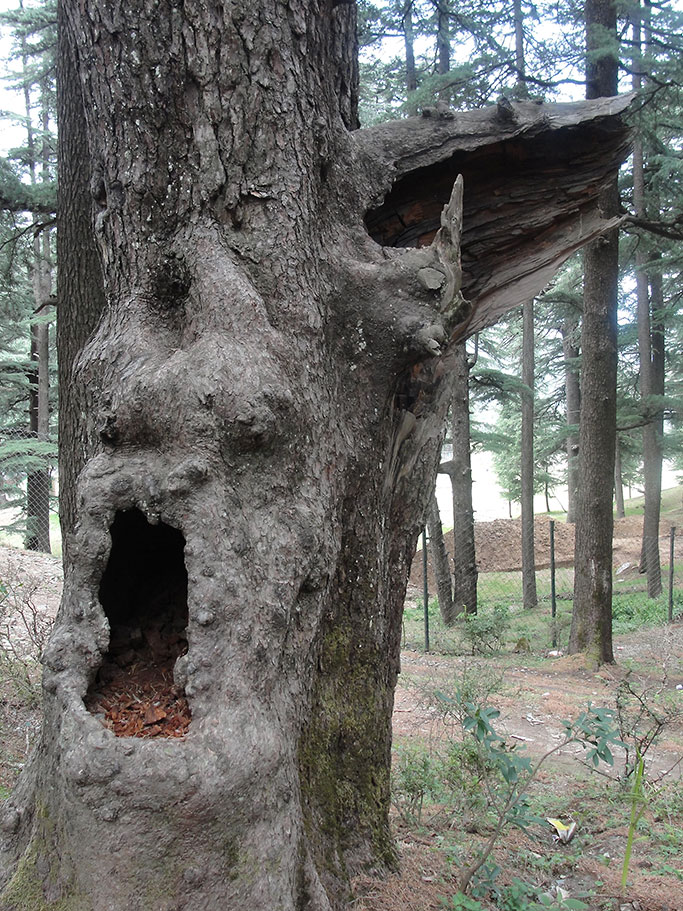
Tajinderpalsinghbhatia, CC BY-SA 4.0, via Wikimedia Commons
With all that said, I love October. Keep your pumpkin mocha – give me a good scary movie and some popcorn. I do love to be scared, just in a different way.





